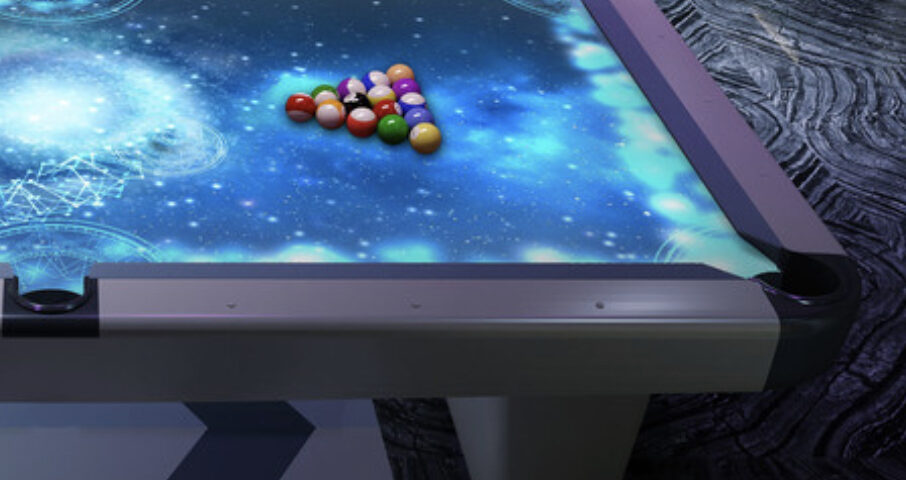Projection Mapping
The process of projection mapping involves using specialized software to align and map projected visuals onto the surfaces of irregular objects, such as buildings, sculptures, stages, or any other three-dimensional structure. By precisely mapping each contour and surface of the object, the projected images seamlessly blend with the physical form, giving the illusion of a digitally enhanced reality.
One of the key elements of projection mapping is the careful consideration of the object’s geometry and architectural features. By accurately matching the virtual content to the physical structure, the projected images can wrap around corners, change perspectives, and seemingly interact with the object’s surface, creating a visually striking and surreal effect.
Projection mapping offers boundless creative possibilities. Through a combination of animated graphics, videos, textures, and effects, it can bring static objects to life, telling stories, conveying messages, or simply mesmerizing audiences. From large-scale public installations to intimate art exhibits, projection mapping can transform any space into a dynamic canvas for artistic expression.
The technology behind projection mapping continues to evolve, with advancements in projector brightness, resolution, and interactive capabilities. Interactive projection mapping further enhances the experience by allowing viewers to actively engage with the content, triggering animations or manipulating visuals through touch, gestures, or motion sensors.
Projection mapping has found its applications in various fields, including advertising, entertainment, art installations, stage productions, museum exhibits, product launches, and corporate events. It has the power to captivate and engage audiences, leaving a lasting impression through its seamless fusion of the physical and virtual worlds.
In summary, projection mapping is a cutting-edge technique that transforms ordinary objects into extraordinary displays, creating immersive and visually captivating experiences. Through meticulous mapping, precise alignment, and creative content, it has revolutionized the way we perceive and interact with our surroundings, blurring the boundaries between the real and the digital.

